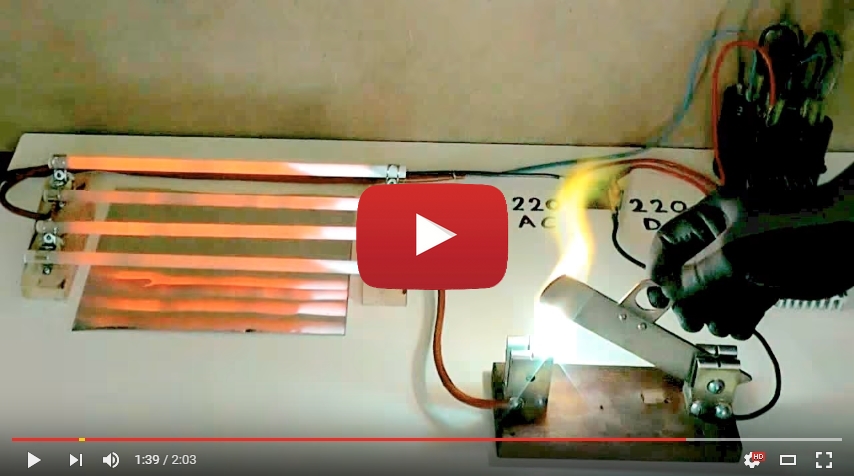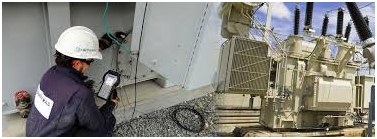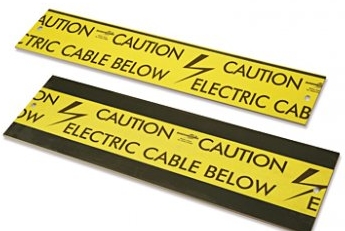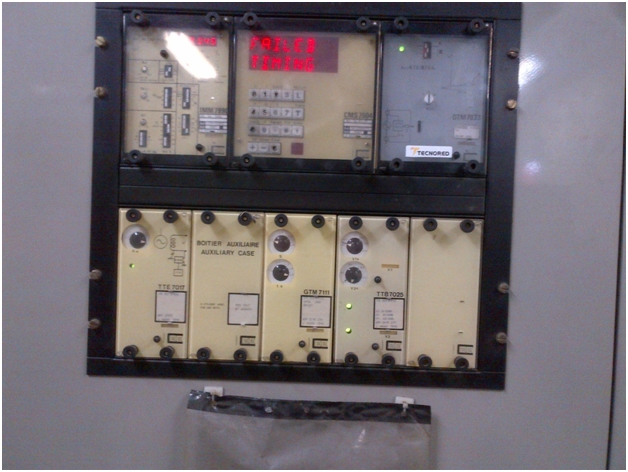
Direct current: danger alert?
Last month, we opened a debate about Direct Current; is it dangerous or not? Is it better than AC or not? And according to the first comments you've made below the article, DC is winning from now!
[TROLL MODE/ON] AC supporters where you at?! Won't you show DC-believers how AC system is efficient? Your silence sure makes Nik (Tesla of course) rolling over in his grave! What you're waiting for? [TROLL MODE/OFF]

The majority of electrical engineers who have posted a comment are 100% for DC. So does that mean that you all agree with them? For all that nobody's using full-DC at home!
Come on, step for the current you believe in the most! Click on the link below:
AC vs DC: click HERE to participate in the debate
Thanks in advance for your active contribution to our community,
Moderator team

 |
This month let us introduce you one of our community members: A.N. |
A freelance electrical, electronics and computer engineer; also technical writer.
From Nairobi, Kenya.
Electrical systems control and protection systems, energy management, renewable energy, electronics control systems, computer systems, electrical and data communication cabling and networking are the subjects which interest him the most.
Thinks that the Electrical Engineering Community is very important for the people in the industry, since there is a lot to learn from experiences and discussions.
To his opinion, what seems to be lacking in the community is detailed information on modern control and protection devices and systems. He also thinks that manufacturers give very little technical information about how their products work.
If you want your profile to appear in the next newsletter, tell us by mail |
|

|
Condition monitoring of the transformer (back to basics) |
 |
If a transformer fail unexpectedly, not only it will affect the electrical supply but also it will cost you time and money.
Hence it is important to detect early sign of fault to avoid power outage and extra cost.
|
This article discuss several techniques used to monitor the condition of the transformer. Does it help or do you think it lacks information?
|
MORE>> |

|
Protection systems for underground cables systems |
 | The underground cables are convenient and provide a means of connecting power where overhead lines cannot be used. Since they are buried in the ground, they are exposed to several risks which may lender them dangerous. For example, they can be damaged when people are digging trenches for other utilities, can be damaged by excavators, floods and other activities.
To ensure safety, continuity and efficient power distribution with no interruptions, the underground cable must be protected against electrical faults as well as physical damages.
|
What do you think about protection systems for underground cables systems? Let's discuss in the comment section.
|
MORE>> |

|
Synchronous motors: Motor start-up strategies |
 |
As time goes by and industries keep growing and growing exponentially, motors keep getting larger and sites keep moving further away from the power sources. However, most of the times, power systems can't keep up with the voracious rhythm of industrial growth.
To satisfy that power system design restrictions, several starting methods allow to reduce the impact to the power system, yet the lighter the impact consequently means the greater capital cost of the technology used to start the motor.
|
What are those motor start-up methods? Read the article to know and ask questions if you have any!
|
MORE>> |
|
 |
|
